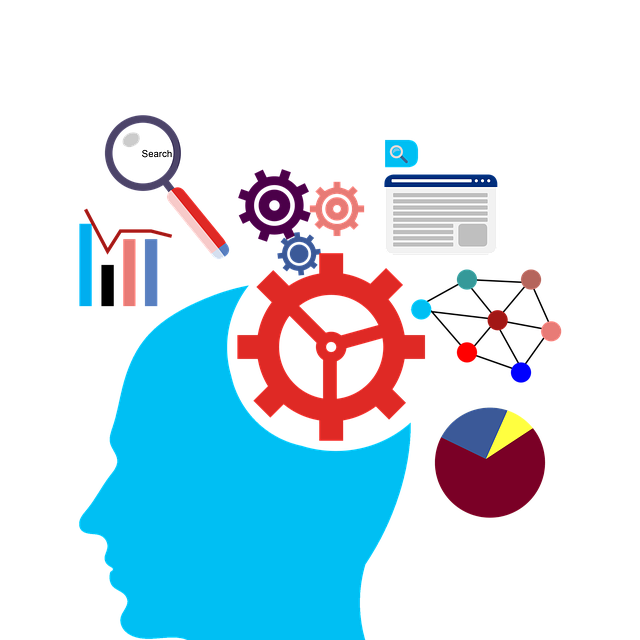AI chatbots are reshaping the landscaping industry by improving customer interactions and simplifying sales processes. They are trained on extensive datasets, using machine learning algorithms and natural language processing (NLP), to understand complex terms related to plants, design, and preferences. This enables them to provide personalized recommendations and enhance client satisfaction. In today's digital era, these chatbots streamline landscape design, offering precise and efficient customization compared to traditional methods. A practical guide for landscape experts outlines a step-by-step approach to integrating AI chatbot training engines tailored for landscape sales terminology, aiming to define specific goals, select the right engine, and feed company data into models for context-aware responses.
In today’s digital age, the landscaping industry is experiencing a revolution with the integration of AI chatbots. These advanced tools are transforming the way landscape professionals interact with clients and design outdoor spaces. This article explores the potential of AI chatbot training as a powerful engine for enhancing landscape sales and creating custom layout designs. We’ll uncover the benefits of customization, offering step-by-step guidance on implementing these chatbots to streamline workflows and elevate customer experiences in the landscaping sector.
- Understanding AI Chatbot Training for Landscape Sales
- Benefits of Customization in Landscape Layout Design
- Implementing AI Chatbots: A Step-by-Step Guide for Landscape Professionals
Understanding AI Chatbot Training for Landscape Sales

AI chatbots have transformed the landscape industry by revolutionizing customer engagement and sales processes. To effectively serve customers in this domain, AI chatbot training engines for landscape sales must be tailored to understand complex terminology related to plants, design aesthetics, and unique client preferences. These chatbots are trained on vast datasets comprising product knowledgebases, historical sales conversations, and diverse landscaping trends.
The training process involves utilizing machine learning algorithms to teach the chatbot to recognize patterns in customer queries, interpret intent, and provide accurate, contextually relevant responses. By focusing on natural language processing (NLP), these AI models can grasp the nuances of human communication, ensuring meaningful interactions with potential clients. This enables landscape professionals to leverage the power of AI chatbots for efficient sales, offering personalized recommendations and enhancing overall customer satisfaction.
Benefits of Customization in Landscape Layout Design

In today’s digital era, AI chatbots are revolutionizing the way we approach landscape layout customization. These advanced tools offer a level of precision and efficiency that traditional methods simply cannot match. By leveraging AI chatbot training engines for landscape sales, professionals can streamline their design process, ensuring every client receives a tailored, vibrant, and bustling layout that reflects their unique preferences and needs.
Customized landscape designs not only enhance the aesthetic appeal of outdoor spaces but also foster a deeper connection with nature. AI chatbots enable designers to navigate complex preferences, incorporate specific plants or features, and create intricate patterns—all while saving time and minimizing errors. This meticulous attention to detail results in indelible, one-of-a-kind landscapes that become the envy of any neighborhood, leaving folks marveling at the beauty and uniqueness of each design.
Implementing AI Chatbots: A Step-by-Step Guide for Landscape Professionals

Implementing AI Chatbots: A Practical Guide for Landscape Experts
Step 1: Define Your Goals – Begin by identifying specific tasks or inquiries that an AI chatbot can assist with, such as answering common customer questions about landscaping services and products. This could range from plant recommendations to maintenance tips and sales-related queries. For instance, a landscape professional might want to create a chatbot to handle initial customer interactions, providing quick access to information 24/7.
Step 2: Choose the Right AI Chatbot Training Engine – Select a training engine designed for landscape sales and industry terminology. These platforms allow you to input your company’s data, including product catalogs, service descriptions, and pricing. By feeding this information into the AI model, it can learn to provide accurate, contextually relevant responses. Consider engines with natural language processing (NLP) capabilities that understand user queries and generate human-like text.
AI chatbots are transforming the landscape industry by enhancing customer interactions and streamlining design processes. By leveraging AI chatbot training engines for landscape sales, professionals can offer personalized recommendations and create custom layouts with ease. The benefits of customization in landscape layout design include improved client satisfaction, efficient project management, and a competitive edge. Following a step-by-step guide ensures a smooth implementation process, enabling landscape experts to harness the power of AI and revolutionize their approach to customer engagement and design.
